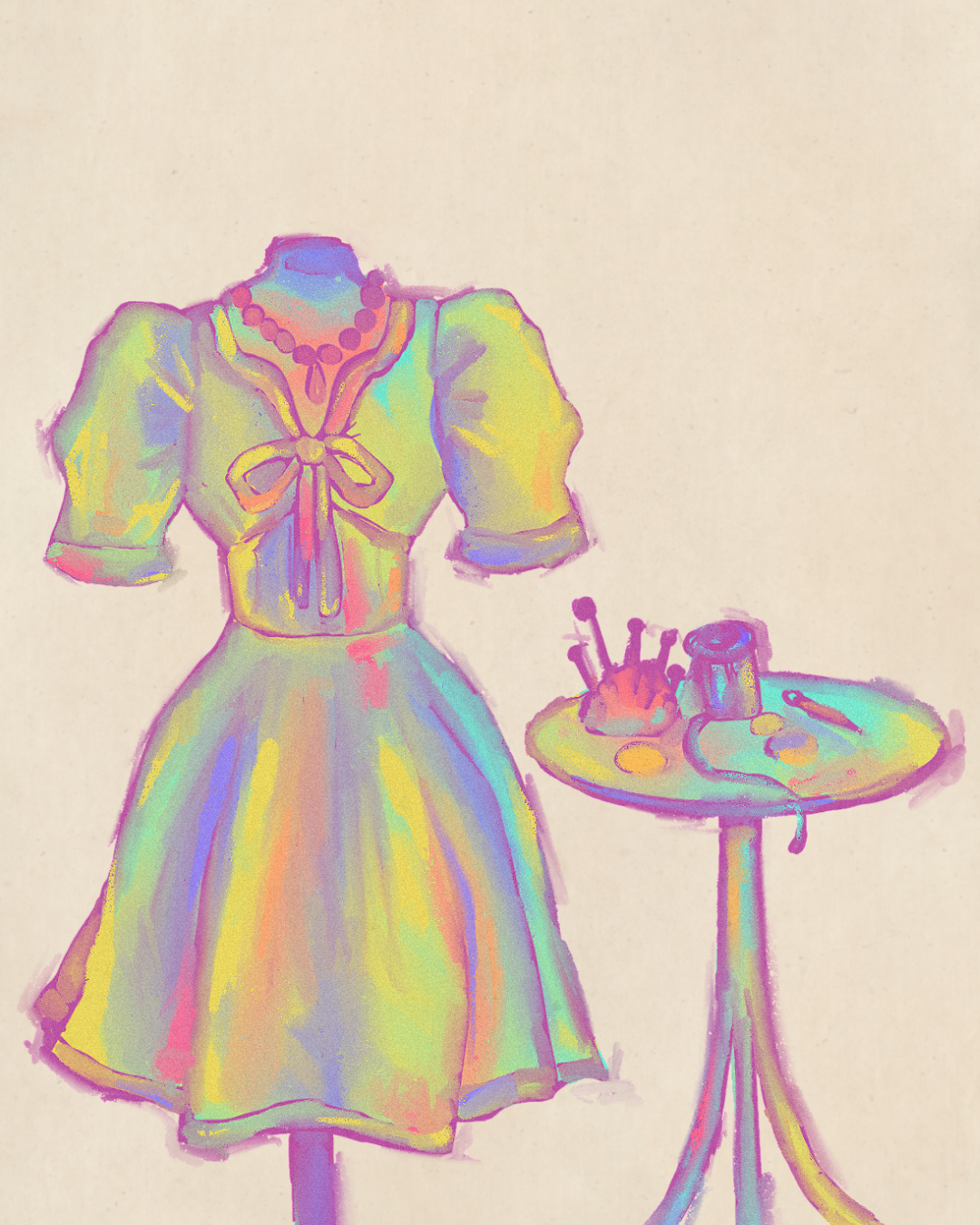Illustration by team illustrator Sakura Siegel.
Disclaimer: Alyssa Bello owns a small business that sells crotchet pieces.
I’m sure we’ve all seen crochet clothing and accessories all over our Instagram and TikTok feeds from various brands ranging from fast fashion brands like SHEIN, Forever 21 and H&M to high-end brands like Dior, Miu- Miu and Louis Vuitton.
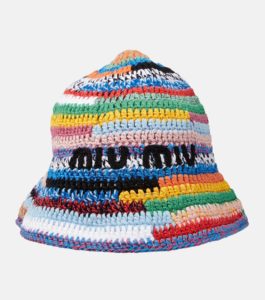
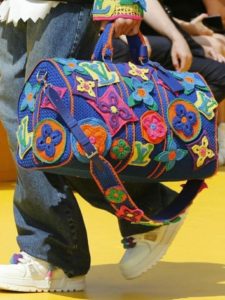
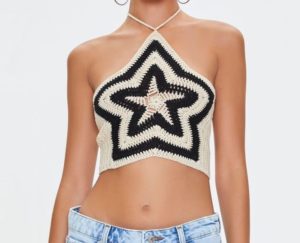
Crochet is one of those trends that seems to always stick around since it’s something that can be worn throughout all seasons. The exact origins of crochet are still unknown but between the 1960s to 1970s is when crochet fashion really took off as people found new ways to be creative and express themselves through their clothing.
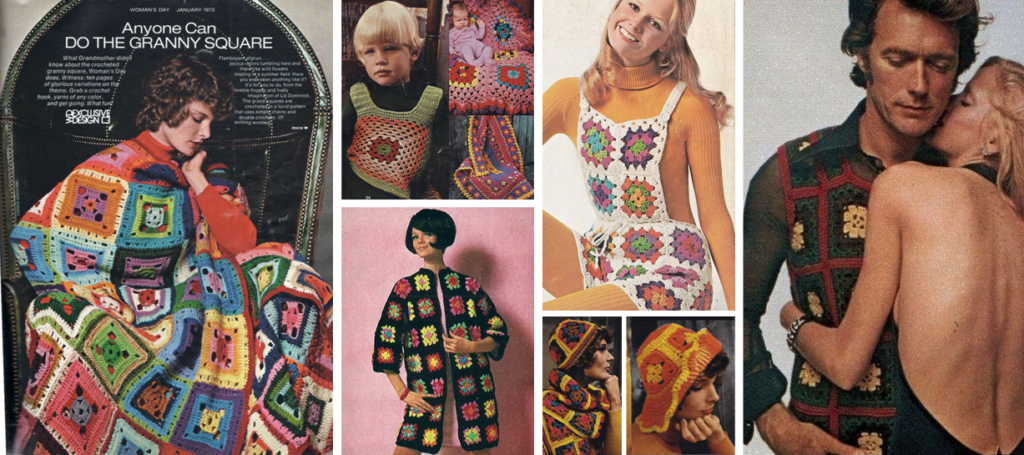
Handcrafts like crochet are a prime example of what slow fashion entails but most fast fashion brands have taken advantage and are taking part in the trend regardless. Slow fashion is an approach to sustainable fashion that advocates for mindfully producing high-quality clothing that is meant to last.
Unlike knitwear, which can be created and replicated by a machine, crochet clothing is only able to be handmade. A lot of brands try to get away with using knit machines that resemble crochet stitches.
This got me thinking about how all of these different brands approach producing crochet clothes; since high-end brands prices are extremely expensive, do they ensure their workers are accurately compensated?
We’re no stranger to the fact that fast fashion brands severely underpay their workers in sweatshops. Workers are expected to crochet for extremely long hours in terrible conditions for little to no money in return.
According to The World Counts, in 2023 sweatshop workers will work up to 100 hours a week and have made less than $300 US dollars so far this year. Even though the pay is so low, these poor work conditions are usually the only option these sweatshop workers have.
It blows my mind the amount of time and effort that can go into a single crochet piece just for the brand to list it for only a few dollars. After doing a sweep through SHEIN’s website, I noticed they have a full body crochet dress listed for less than $12.

Crochet garments are usually known for taking about 20-30 hours, if you work efficiently. The little money the company is making doesn’t even entirely go to the hands that made the product.
From the point of view of Elexiay, a small black-owned independent sustainable business, “Our artisans, all women in Nigeria, spend 4-5 days crocheting such beautiful pieces of art.”
Imagine the physical toll, working with their hands for that long will have on their bodies in the long run. The least these workers deserve is to make a livable wage and have healthy work conditions.
Keeping their prices so low is the brand’s way of attracting buyers since consumers rather spend the least amount of money for a piece they just see as a part of their current trend or phase.
Fast fashion has changed the way consumers think of fashion.
There was a time when purchasing staple pieces for your wardrobe that last a lifetime was the main objective of buying clothing but mainstream fashion views clothing as way more temporary and disposable.
Since these fashion brands’ main priority is to only maximize profit, the quality of the clothing is usually a miss. These modern crochet pieces haven’t been made to last.
Although high-end brands might not result in low-balling their prices, that does not mean their approach to including crochet clothing in their collections is any better than fast fashion brands.
Crochet is an art form open to everyone, but unique designs created by smaller brands are often stolen and unethically mass produced.
Independent designers often call out brands on social media for stealing their ideas. Oftentimes these brands get away with stealing designs because small creators usually do not have the means to fight back.
Even when brands get called out, the cycle soon repeats and another design gets stolen.
A crochet artist, crochetbao on instagram has called out the brand CIDER for stealing another one of their designs. Although minor changes were made by the brand, it’s hard to deny that the design doesn’t extremely resemble the original cardigan.
While doing my research, I looked into Fashion Revolution and their Fashion Transparency Index 2023 report. They’re an organization that prioritizes campaigning for a clean, safe, fair, transparent and accountable fashion industry.
The Fashion Transparency Index is essentially 250 of the world’s largest fashion brands and retailers based on their public disclosure of human rights and environmental policies, practices and impacts, across their operations and supply chains.
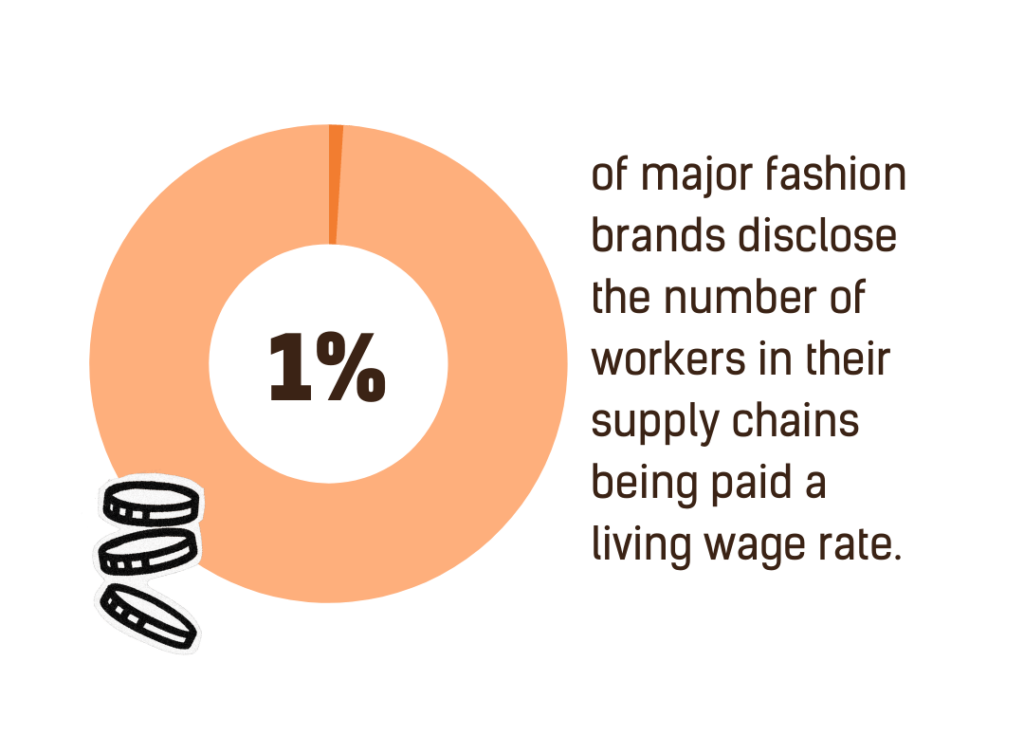
The 2023 index report showed that 99% of brands surveyed chose not to disclose the number of workers being paid a living wage. The report also indicates the pay gap between the CEOs of these brands and the garment workers has widened since last year.
Even though I believe the Fashion Transparency Index Report is a great resource to have, clearly, being transparent with their practices is not enough; these brands have to want to actually change and implement new methods to become more sustainable.
To counteract supporting both these fast fashion and high-end brands, people have taken up learning to crochet for themselves.
Picking up this handcraft isn’t for everyone, and that’s okay but, supporting a small business is better than putting more money in the pockets of these corporations.

